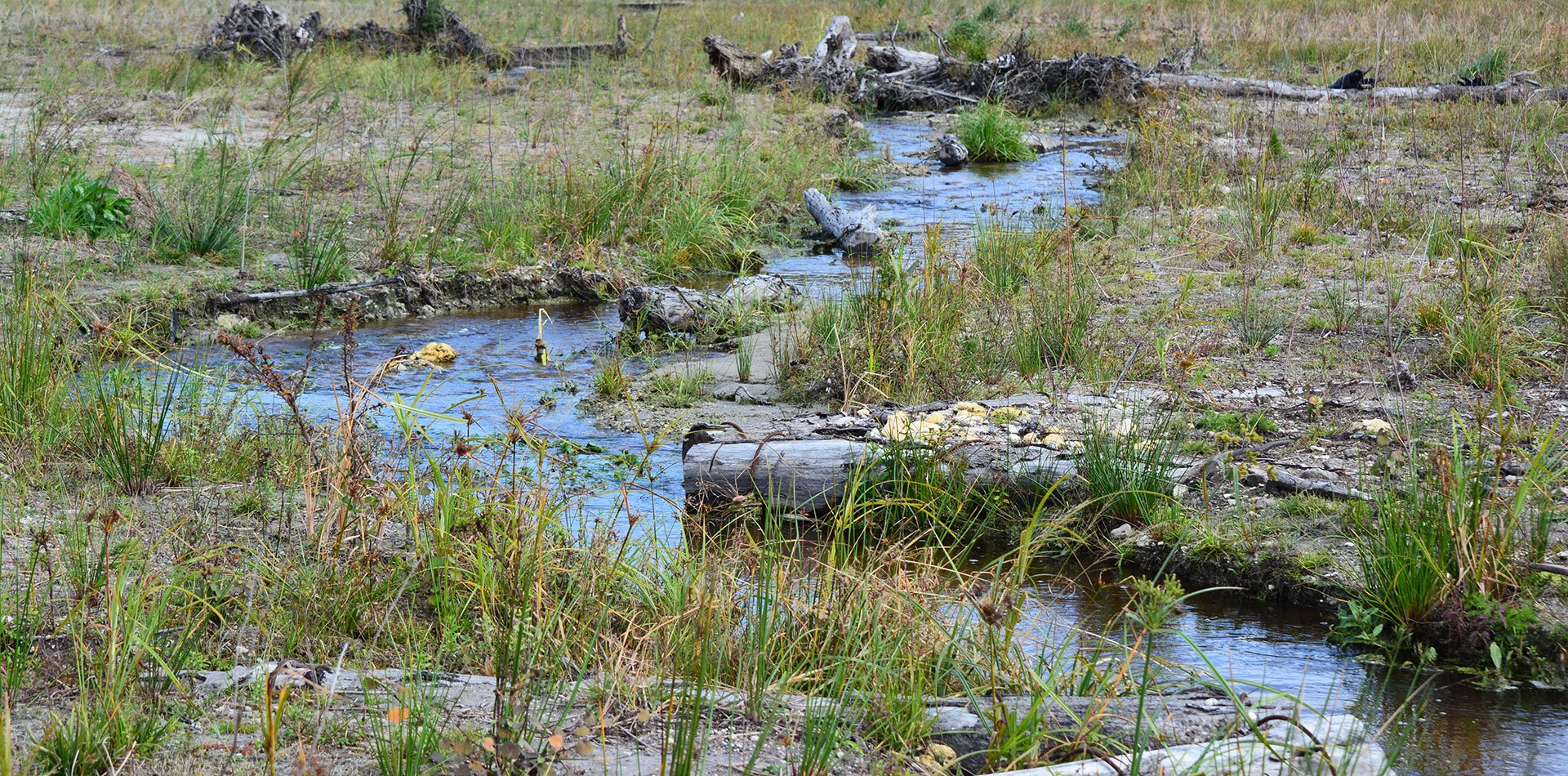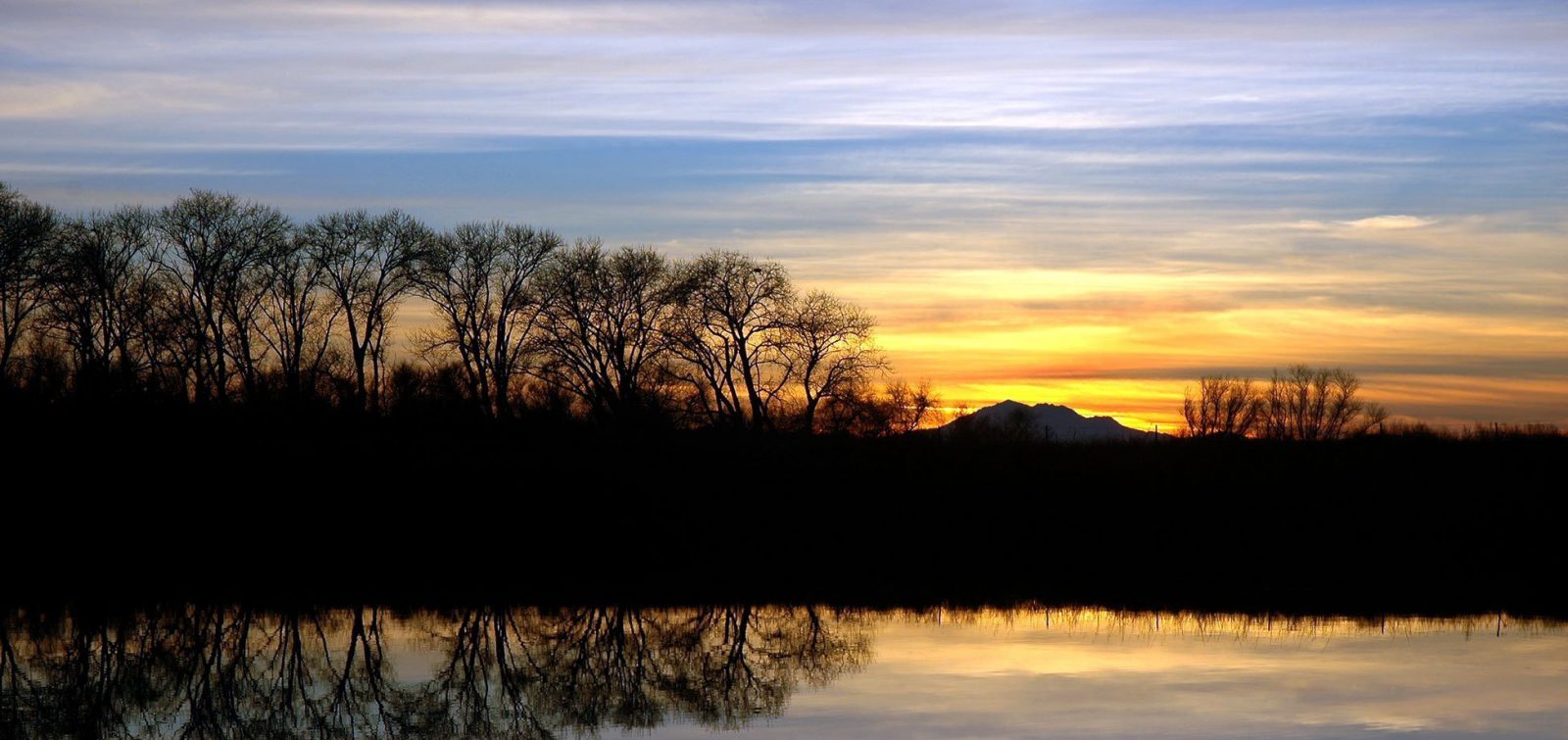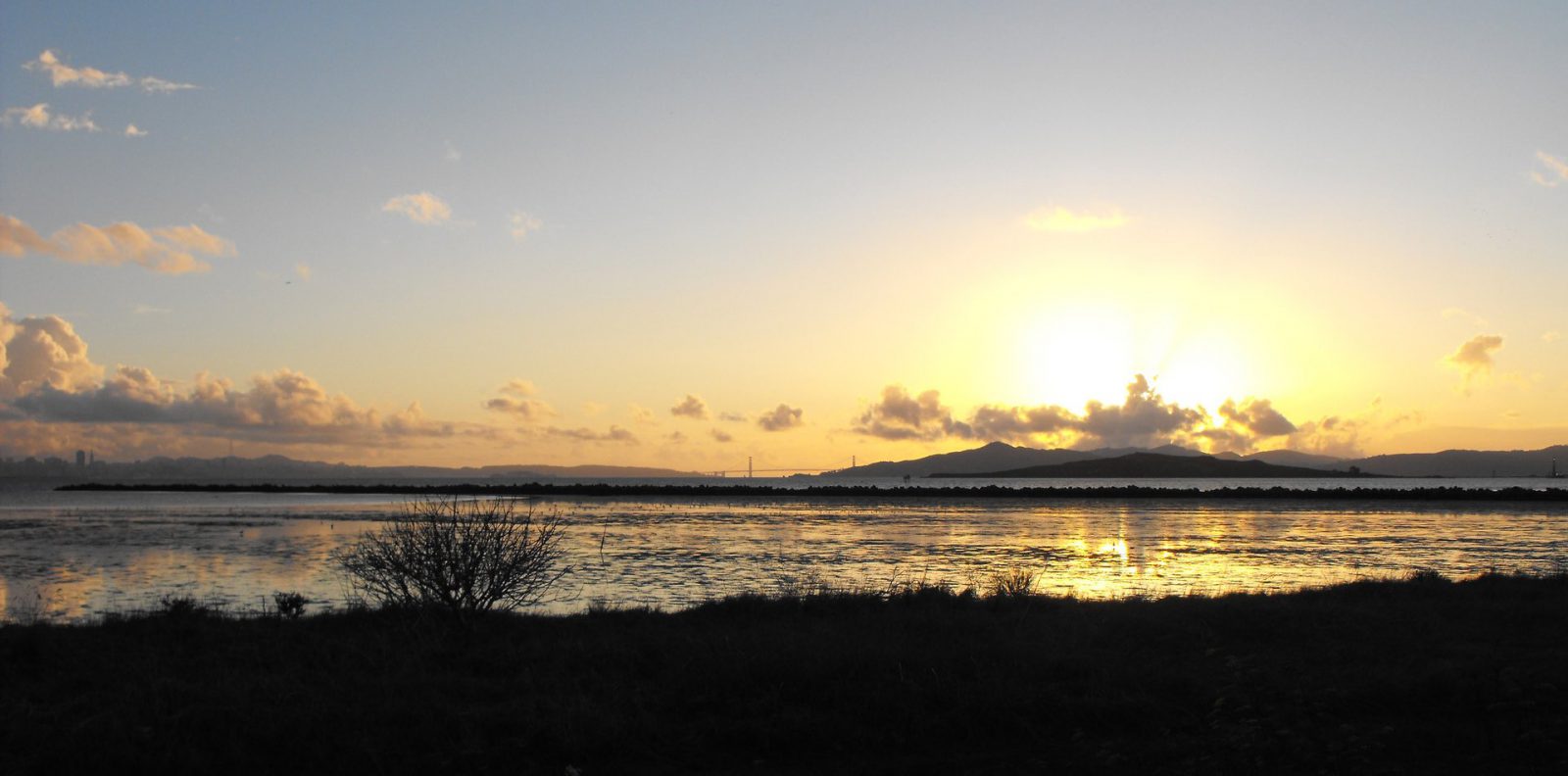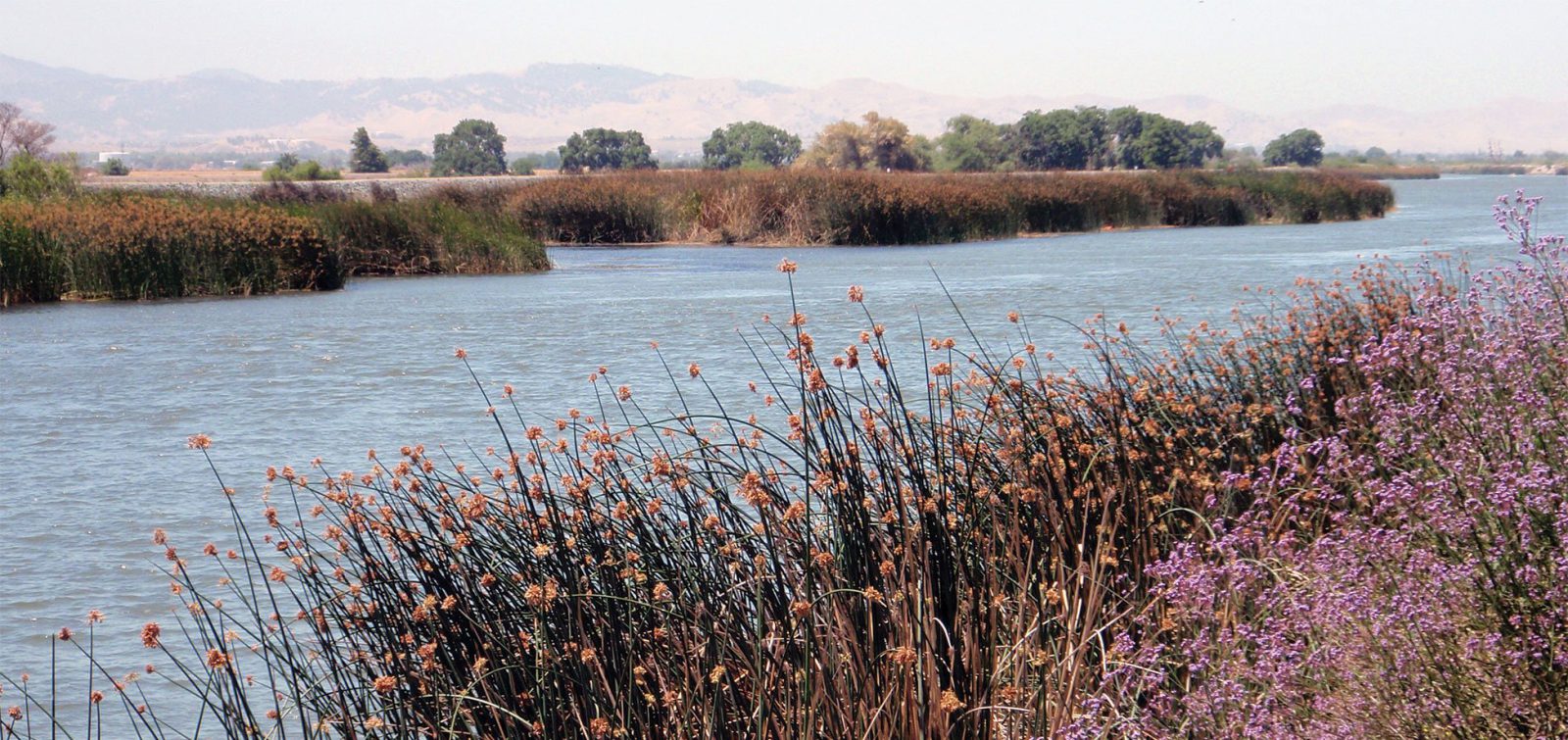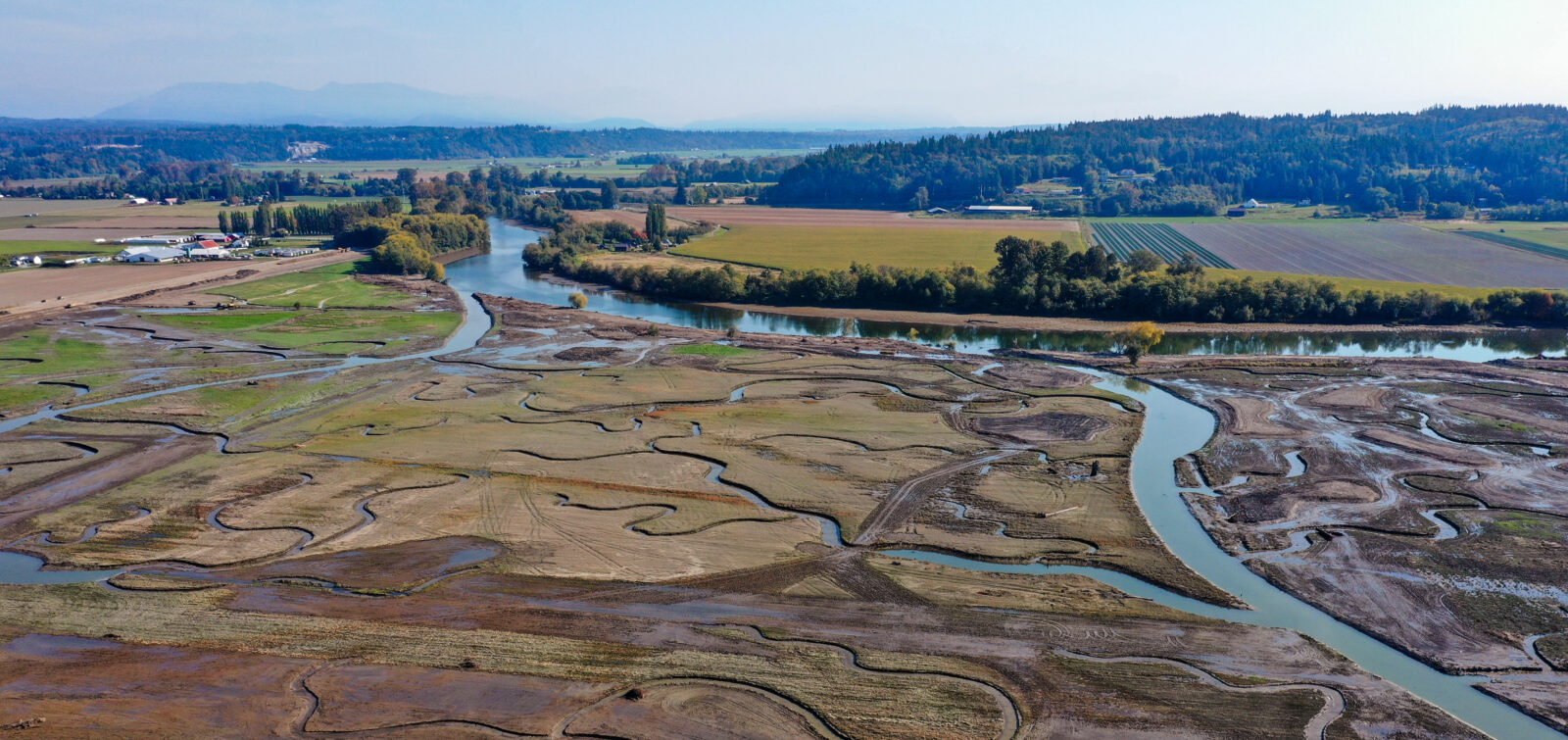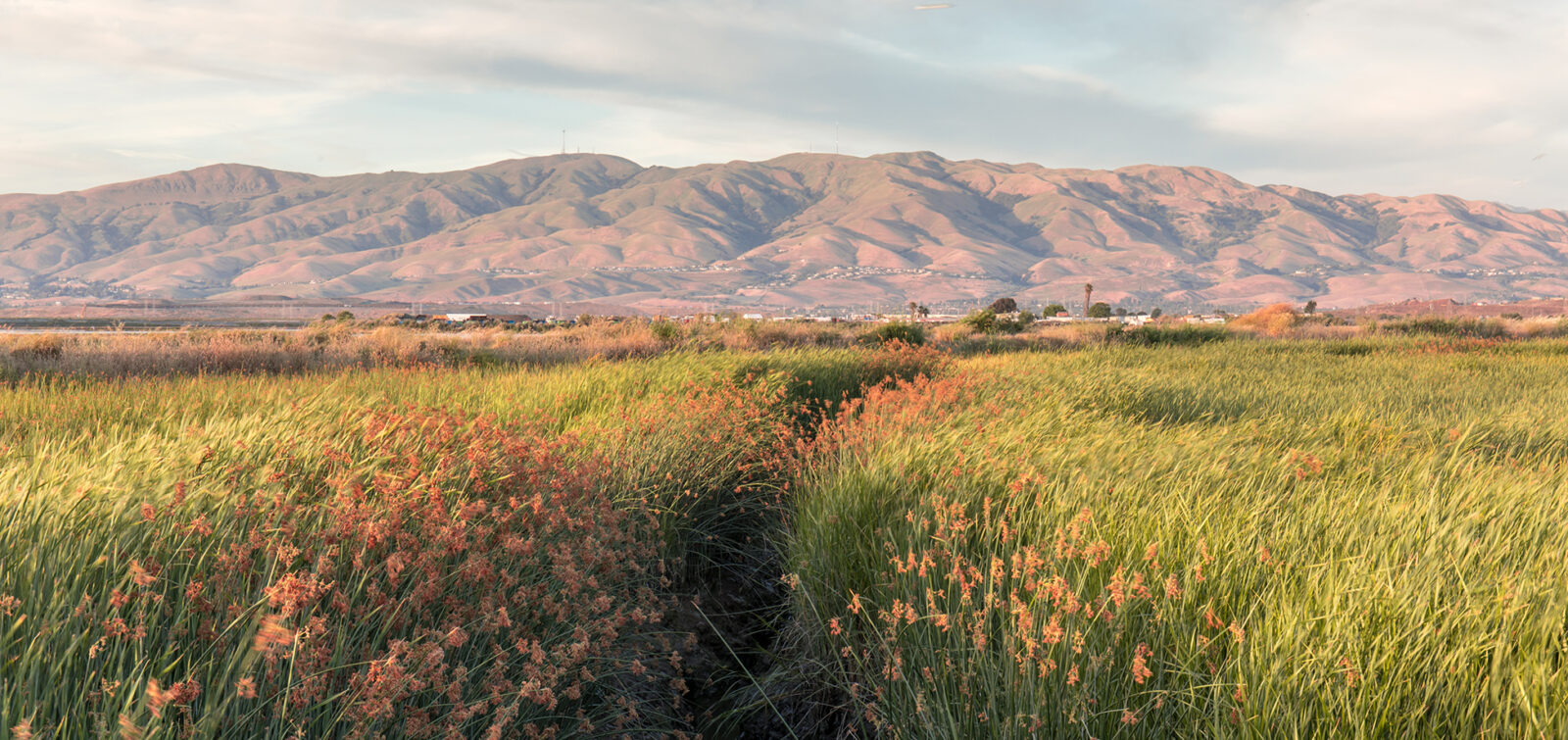Head to Hillsborough County’s Balm-Boyette Scrub Nature Preserve in Florida and you’ll be sure to find avid mountain bikers exploring the park’s single-track trails. That’s because this park is known for its 20 miles of ridge-line access, mountain bike, and hiking trails. Visitors can enjoy an adrenaline-pumping ride through large swaths of undisturbed scrub habitat, including sand pine scrub, xeric oak scrub, marshes, and swamps.
Along the way, however, visitors come into contact with the scarred history of the preserve: legacy phosphate pits from former mining activity, which occurred prior to regulations that required restoration of the mined lands. The result? Deep, high-elevation pits with steep, 2:1 slopes filled with stagnant water.
In 2000, the Environmental Lands Acquisition and Protection Program (ELAPP) of Hillsborough County purchased this 5,723-acre tract as a preserve. Since an 80-acre portion of this acquisition had formerly been mined, that area was opened to mountain biking activities. The Southwest Florida Water Management District (SWFWMD) brought this project under its umbrella as part of their Surface Water Improvement and Management (SWIM) program, to restore the habitat to its original state. The SWFWMD SWIM team is the project lead.
ESA’s Tom Ries, as the project manager and restoration design leader, reviewed the scope of work for the project. It seemed fairly straightforward at first blush: grade the pits, plant native species, and restore the freshwater wetland and upland communities back to the way they were before the area was mined.
Then Tom reviewed a historic aerial of the site. “There was a creek there that was breached by the mining activities, which resulted in the creek being cut off from the natural flow patterns in the region,” Tom explains. “As soon as I saw that, I thought, ‘well, we have to restore that creek.’”
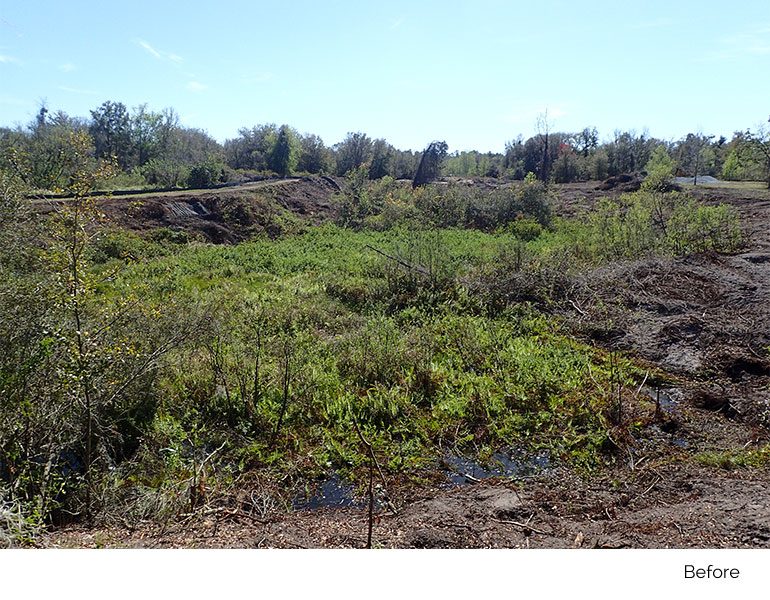
The County and SWFWMD agreed, and the funding for this restoration effort was made available by the Florida Department of Environmental Protection through a 10-year-old fine levied on a former mining company for an acid spill incident. To tackle reconstructing the streambed, Tom worked with our engineering partner, Wood Group—specifically, their civil engineer and stream morphology expert John Kiefer, to formulate a plan on the best approach to restore this former creek. John pioneered an innovative process using water to excavate, or “hydro-carve,” the stream. This new approach has been applied to formerly mined tallying ponds but has never before been used on areas that were naturally vegetated.
“This is the first time hydro-carving was used on natural lands,” John explains. “By using a steady stream of recycled, pumped water at a 2,000-gallon-per-minute flow rate, the water essentially mimics the natural streambed creation instead of having a trench dug out by a bulldozer.”
Using a natural excavator―water―allows the stream to find its own course in relation to the subsurface geological conditions, ensuring long-term stability and reduced erosion. While this process can feel slow-going (taking a matter of months to complete), it replicates the effect of decades of natural stream formation.
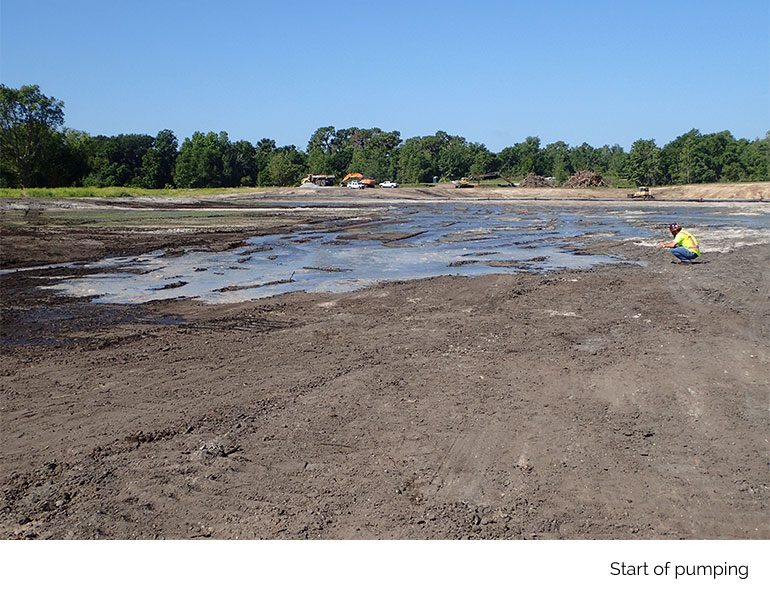
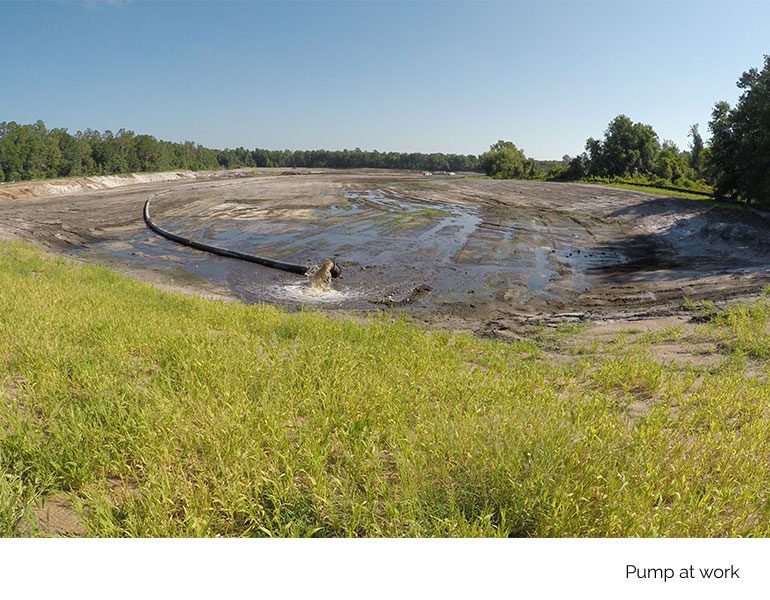
With a slight grade for gravity-driven water flow and a high water table to provide recyclable water right on-site (deep pools were incorporated into the wetland restoration design), the Balm-Boyette project was an ideal candidate for this process. The pumps were running 24/7 for weeks on end to complete the process, but the team is happy to report the pumps have been turned off and the stream is now flowing after decades of being severed.
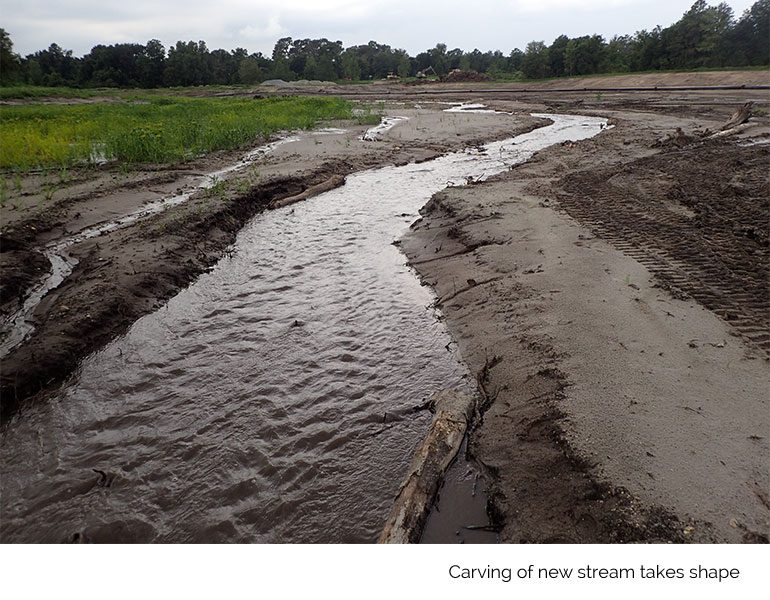
And it was worth the wait! This restoration effort addresses two key initiatives under the SWIM program: habitat restoration and water quality improvements. “The restored stream will provide water quality benefits downstream, where it flows to Fishhawk Creek and eventually the Alafia River, which discharges to Tampa Bay,” says Janie Hagberg, Chief Professional Engineer for the SWFWMD’s SWIM program.
“Now that this stream is restored, it will be here for a long time,” says Tom. “It was re-created in harmony with the natural subsurface conditions without the heavy equipment or expensive manpower needed to dig an engineered creek.”
Next step: Finish vegetating the entire stream valley with native plants. Soon, visitors will not be able to tell it was a manmade creek because, well, it isn’t. Best of all, once the site begins to mature, the County will increase access to the area with newly blazed mountain bike trails.
“It has been exciting to see a non-reclaimed phosphate mining parcel previously consisting of pits and swampy ditches transform to a functioning wetland and associated stream,” says Brad Young, ESA’s field biologist for this project. “The alligators moved back in even before the planting was complete.”
Are you curious whether your site would be a good candidate for hydro-carving? Reach out to John Kiefer for information on this unique construction method. If you have any questions about the overall restoration effort at Balm-Boyette, contact Tom Ries.
